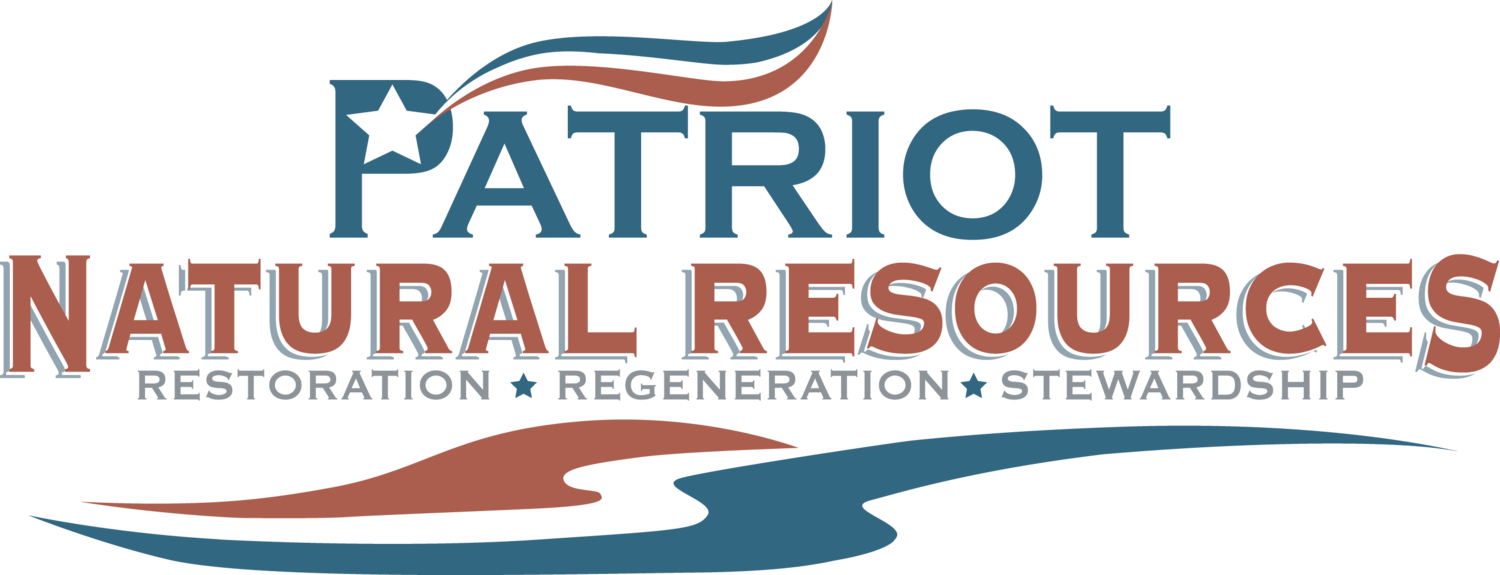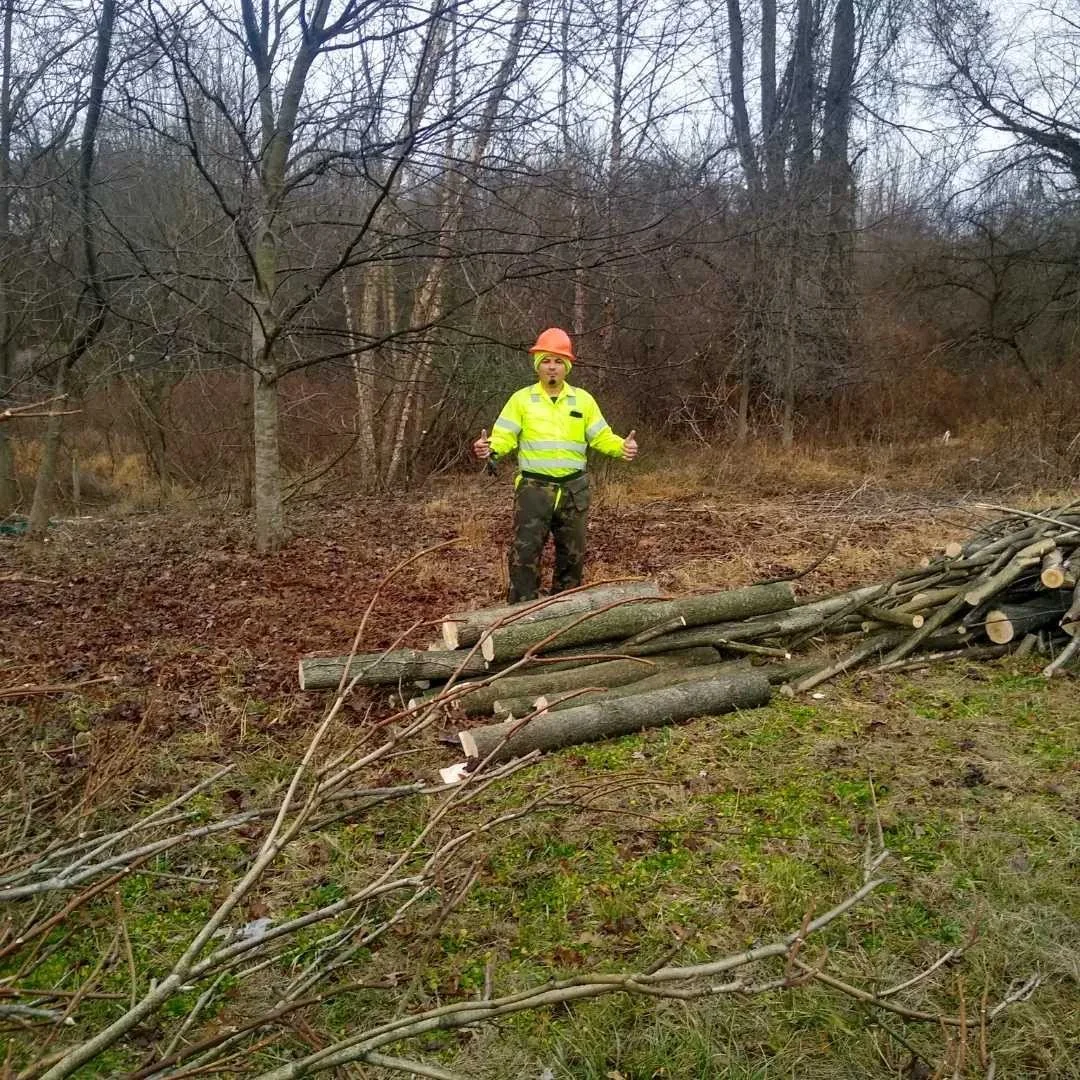Managing Non-Native Invasive Species in the Chesapeake Bay Region: A Guide for Property Owners, Managers, and Government Agencies
The Chesapeake Bay region is home to a rich diversity of plant and animal life, but its delicate ecosystems are increasingly threatened by non-native invasive species. These species, introduced either intentionally or accidentally, often outcompete native species, degrade habitats, and disrupt ecological balance. For property owners, managers, and government agencies tasked with stewardship responsibilities, effective management of invasive species is essential to protect local ecosystems and comply with environmental regulations.
This article highlights the importance of managing non-native invasive species in the Chesapeake Bay region and offers practical steps for their control.
What Are Non-Native Invasive Species?
Non-native invasive species are plants, animals, or pathogens introduced to an area outside their natural range that cause harm to the environment, economy, or human health. Unlike native species, invasives lack natural predators or competitors, allowing them to spread rapidly and dominate ecosystems.
In the Chesapeake Bay region, some of the most common invasive species include:
• Plants: English ivy, multiflora rose, Japanese honeysuckle, tree of heaven.
• Aquatic Species: Blue catfish, zebra mussels, northern snakehead.
• Pests: Emerald ash borer, spotted lanternfly.
The Impact of Invasive Species on the Chesapeake Bay
1. Habitat Degradation
Invasive plants often displace native vegetation, reducing biodiversity and altering habitats. For example, tree of heaven can rapidly dominate forest edges, shading out native species and disrupting wildlife food sources.
2. Water Quality Decline
Aquatic invasive species like zebra mussels and blue catfish disrupt the Bay’s natural food web and degrade water quality, impacting native fish and shellfish populations.
3. Increased Erosion and Runoff
Invasive plants, such as Japanese stiltgrass, can weaken soil stability, leading to increased erosion and sedimentation in local rivers like the Potomac River and Monocacy River, further threatening the Chesapeake Bay.
4. Economic and Regulatory Challenges
Invasive species management imposes significant costs on property owners, managers, and government agencies. Failing to address these threats can lead to compliance issues under Maryland’s environmental regulations.
Steps for Managing Invasive Species
1. Conduct Regular Assessments
Property owners, managers, and agencies should schedule regular assessments to identify invasive species on their land. Early detection is key to controlling their spread and minimizing damage.
2. Prioritize Problem Species
Focus management efforts on species that pose the greatest threat to your property and local ecosystems. Resources like the Maryland Invasive Species Council can provide guidance on high-priority species in your area.
3. Use Integrated Management Techniques
Effective invasive species management often requires a combination of methods, including:
• Mechanical Removal: Hand-pulling or cutting invasive plants, especially before they set seed.
• Chemical Control: Applying herbicides or pesticides approved for use in sensitive areas.
• Biological Control: Introducing natural predators or pathogens to reduce invasive populations.
4. Restore Native Vegetation
Replanting native species helps stabilize soil, restore habitats, and prevent invasive plants from recolonizing cleared areas. For example, replacing English ivy with native groundcovers like creeping phlox supports pollinators and improves soil health.
5. Engage in Long-Term Monitoring
Managing invasive species is an ongoing effort. Regularly monitor treated areas to ensure invasive species don’t return, and adapt management strategies as needed.
The Role of Government Agencies in Invasive Species Control
Government agencies play a critical role in coordinating regional efforts to combat invasive species. Key responsibilities include:
• Public Education: Providing resources and training for property owners and managers on identifying and controlling invasive species.
• Funding Assistance: Offering grants or cost-sharing programs for invasive species management and habitat restoration.
• Policy and Regulation Enforcement: Ensuring compliance with Maryland’s invasive species laws and promoting best practices for their control.
Agencies such as the Maryland Department of Natural Resources (DNR) and the Chesapeake Bay Program offer valuable resources and support for managing invasive species.
How Property Owners and Managers Can Make a Difference
1. Collaborate with Professionals
Work with environmental management companies like Patriot Natural Resources to develop and implement invasive species control plans tailored to your property.
2. Involve the Community
For HOAs and municipal properties, engaging residents in invasive species removal efforts, such as volunteer clean-up days or planting events, fosters a sense of shared responsibility.
3. Prevent Future Introductions
Practice preventative measures, such as inspecting equipment for hitchhiking plants or animals and avoiding the use of invasive species in landscaping projects.
Protecting the Chesapeake Bay Together
Managing non-native invasive species is a collective effort that requires coordination between property owners, managers, and government agencies. By taking proactive steps to control invasives and restore native habitats, we can protect the Chesapeake Bay and its surrounding ecosystems for future generations.
Partner with Patriot Natural Resources for Invasive Species Management
At Patriot Natural Resources, we specialize in invasive species management for property owners, managers, and government agencies in the Chesapeake Bay region. From assessments to long-term control plans, we provide the expertise needed to restore and protect your land.
Contact us today to learn how we can help you combat invasive species and contribute to a healthier Chesapeake Bay.

